If you’re eager to get underwater and explore a new coral reef for the first time, how you’re getting off the boat or shore isn’t perhaps the first thing you’re thinking about.
If going backwards has been suggested to you, maybe this is something you’ve done many times and are comfortable with, or it might be that you’ve never come across this method before.
We’re going to see that going in backward is done under specific circumstances and is just one of the ways you can enter the water as a scuba diver.
We will see that the correct entry technique is the safest and then the easiest of all the different choices.
It’s all going to depend on the dive location and what you’re getting into the water from.
So, while scuba divers do indeed go backward sometimes, it’s also common to go forwards or even sideways.
Let’s take a look at the best way to get into the water for your next scuba dive.
- Do Scuba Divers Always Roll Backwards Into the Water?
- What Are the Advantages of Entering Backwards?
- Are There Downsides of Going in Backwards?
- Why the Back Roll Entry Is Not the Most Common Method
- Which Alternative Entry Methods Are There?
- Which Is the Best Entry Method?
- Which Is the Easiest Entry Method?
- Which Is the Most Common Boat Entry Technique?
- Is the Back Roll Entry Safer Than Other Entry Methods?
- When Is the Back Roll Entry a Good Choice?
- What Should I Pay Attention to When Entering Backwards?
- 4 Tips to Help You Choose the Right Entry Method
- Conclusion
- You Might Also Like…
Disclosure: this post contains affiliate links (clearly marked with ), which means we may earn a commission if you buy something through them, at no additional cost to you.
Do Scuba Divers Always Roll Backwards Into the Water?
The backward roll is commonly used to enter the water from a small boat.
However, in many situations, it might not be the best way, or even possible, so divers will often use one of the other methods we’re going to look at to get into the water.
What Are the Advantages of Entering Backwards?
Entering the water backward is an excellent method when using a smaller boat to dive from.
The fully equipped diver can roll in quickly and, depending on the type of boat, it might be possible for many divers to enter the water at once.
Are There Downsides of Going in Backwards?
Assuming that you are diving from a smaller boat, going backward might be the only method available to get into the water with your equipment on.
Rolling in backward does take practice and confidence.
However, once you’ve done it a few times, it becomes pretty straightforward.
Divers need to be alert and focused, as flipping upside down from a backward roll can be disorientating.
After getting in, the diver needs to quickly gather themselves and follow the agreed-upon procedures for starting the dive, so they need their wits about them.
Why the Back Roll Entry Is Not the Most Common Method
When most students are beginning to dive, they will learn one of the other water entry methods before they attempt a back roll, if they do it at all on their course.
Usually, this is because the initial training will be done in a swimming pool or at a beach where the back roll isn’t possible.
When they dive in open water, or after they are certified, if starting from the beach, a dock or jetty, or a larger boat with a platform such as those commonly found in diving-centered resorts, they will continue to use one of the other methods as the back roll is usually only used when going from small boats.
Which Alternative Entry Methods Are There?
1. Giant Stride Entry
The giant stride is probably the most common deep-water entry used by scuba divers around the world.
It’s perfect for entering the water from a boat that has a dive platform or from a dock, jetty, or indeed a swimming pool edge.
The diver will make their pre-dive buddy check before getting close to the edge of the water, and they will be wearing all their equipment, including their mask and fins.
They will have their BCD partially inflated, have their mask on, and have their regulator in their mouth as they approach the edge so that if they should fall in the water accidentally, they will be able to see and breathe and will float.
The diver will place their toes at the water’s edge to extend their fins over the surface.
Once they’ve checked to make sure the water is clear, they will keep their head up and take a giant step out, pushing with their back foot to clear the edge and enter the water upright.
They’ll come back to the surface, add more air to the BCD, so they float comfortably, signal back to their buddy that they’re ok, and move out of the way to clear the space.
The most common problems that divers find with this entry are having the confidence to initially make the step itself and keeping their head up.
If you look down while you step, you’ll likely fall forward into the water rather than entering vertically.
2. Seated Entry (Sideways Roll)
A seated entry is often used when the diver can’t make a giant stride.
It could be for confidence reasons, or it might be that the person has difficulty standing in their complete scuba equipment to make the stride.
The diver will carefully sit on the edge with a partially filled BCD, their mask already on, and their regulator in their mouth.
They’ll put their fins on and check the way is clear for them to get into the water.
Placing one hand on the edge to steady themselves, they’ll reach across with the other hand, so both hands are together, and as they do so, push down to pivot themselves into the water.
Once again, they’ll add air to their BCD to float at the surface, confirm they’re ok and move away for their buddy to get in.
With this method, someone who cannot walk while wearing the scuba equipment could put it on while seated at the edge.
3. Walking Shore Entry
Needless to say, none of the methods already mentioned will work very well for getting into the water at a beach or slipway.
Shore entries can vary in their difficulty depending on how easy the surface is to walk on and if there are waves present.
As with the other entry methods, the buddy check should be made before getting in the water, and there should be some air in the BCD so that the diver will float if they fall accidentally or when they reach deeper water.
In rough conditions, buddies should have masks on, regulators in place, and help each other walk into the water until they are deep enough to put their fins on.
When there are strong waves, it’s best to walk sideways together, steadying each other and bracing against waves as they come.
Which Is the Best Entry Method?
As we’ve suggested, the location will likely determine the choice of method for getting into the water.
If you do happen to have a situation where you could choose which way to get into the water, then the best method is going to be the one that is safest, easiest, and that you’re most confident with.
For example, on a large dive boat with a platform, many divers might be comfortable with a giant stride, but you could prefer to make a seated entry.
There may be the option to walk in or jump in from a dock or jetty in some shore locations.
In this case, you should evaluate which is likely to be the safest method, irrespective of whether it is the easiest.
For example, if there were the choice of walking down a slipway that was very close but looked slippery and also had waves running up it, as opposed to carrying your kit and making a giant stride from the dock into deeper water, the option to walk a little further would probably be the better choice.
Which Is the Easiest Entry Method?
If all other circumstances are equal, the most straightforward entry for most people is probably the giant stride.
It’s the technique that divers have often had the most practice with so are usually the most confident in, and it can be used in the greatest number of situations.
Which Is the Most Common Boat Entry Technique?
Which method to use will depend on the type of boat and whether it has a dive platform.
On larger boats, the giant stride is the most commonly used, and depending on the size of the platform, several divers can often jump in at once.
On smaller boats without a platform, then a backward roll will be the only method for divers to enter the water with their equipment on.
Is the Back Roll Entry Safer Than Other Entry Methods?
If you are on a small boat where the back roll is the usual method to get into the water, there probably aren’t many other choices.
The back roll allows you to get in fully equipped, ready to start your dive.
The only alternative would be to enter the water and then have your equipment passed to you to put on at the surface.
This is relatively tricky, especially if the surface conditions are not entirely calm, and the risk of equipment loss, not putting something on correctly, or inhaling water means that, in comparison, a backward roll could be considered safer.
However, the backward roll is probably the trickiest of the standard entry methods and requires the most confidence and skill.
When Is the Back Roll Entry a Good Choice?
The back roll is the perfect and usually only practical entry method from a small boat.
It can be used from an inflatable boat to allow several divers into the water from both sides at once.
This is useful when the entry point for the dive is a small area of water, such as a wreck in open water or on a reef that has strong currents where you need to start the dive in a specific place.
Backward entries allow experienced divers to enter with water with a negative entry, where they won’t have any air in their BCDs.
They will have planned to descend immediately when they enter the water and meet their buddy at an agreed-upon depth like 15 feet / 5 meters.
This method is often used when difficult surface conditions mean that the boat needs to exit the area quickly after dropping off its divers.
Divers need to leave the surface and descend so that the boat can safely leave without putting them in danger.
What Should I Pay Attention to When Entering Backwards?
As with all entry methods, you should ensure that all your equipment is in place and working before entering the water.
A pre-dive check should be made so that your buddy confirms everything is correct and that they are familiar with your kit.
Immediately before you move, you need to check behind you to make sure that the area is clear.
Once you’ve entered the water, follow the agreed procedures to move away from the boat.
Depending on the type of boat and situation, this could be to swim away to make space for others to get in the water, or it could be to begin descending to start the dive immediately.
4 Tips to Help You Choose the Right Entry Method
1. Check Local Advice
If you and your buddy are making a dive together in a new location, check with the local dive shop, club, or literature to find out the recommended ways to enter the site.
If it’s from the shore, make sure that you’re using the appropriate entry area rather than just going in anywhere and causing damage.
Remember that sometimes the most obvious way might not be the best or safest.
2. Consider Environmental Conditions
The right choice to enter the water can depend on conditions like waves and swell.
On a calm day, a shore entry may be easy and economical, but on a rough day, to get in easily, you might need to hire a boat to take you to deeper waters.
3. Practice
Suppose you’re going to be making an entry that you’re not familiar or comfortable with.
Practice in calm conditions first.
A backward roll entry can be complicated enough to do for the first time without doing it from a boat that’s pitching and rolling around.
4. Listen to the Dive Briefing
If you’re diving in an organized group, make sure that you pay attention to the guide’s briefing to know how you’re expected to get in and out of the water.
You don’t want to be the one attempting to roll off the side when everyone else is using the spacious dive platform.
Conclusion
We’ve seen that while divers do indeed sometimes go in backward, it’s not necessarily the most common method used.
Going in backward is perfect when diving from a small boat, and it allows you to enter the water quickly and safely.
However, other methods like the giant stride might be more appropriate or even the only choice possible in different circumstances.
Think about how you’re going to get in the water before your dive and make sure that you will use the safest method available.
You Might Also Like…
-

How Do Scuba Divers Drink Water? 5 Possible Ways (+7 Tips)
-

How Long Can Scuba Divers Stay Underwater? (+9 Limiting Factors)
-
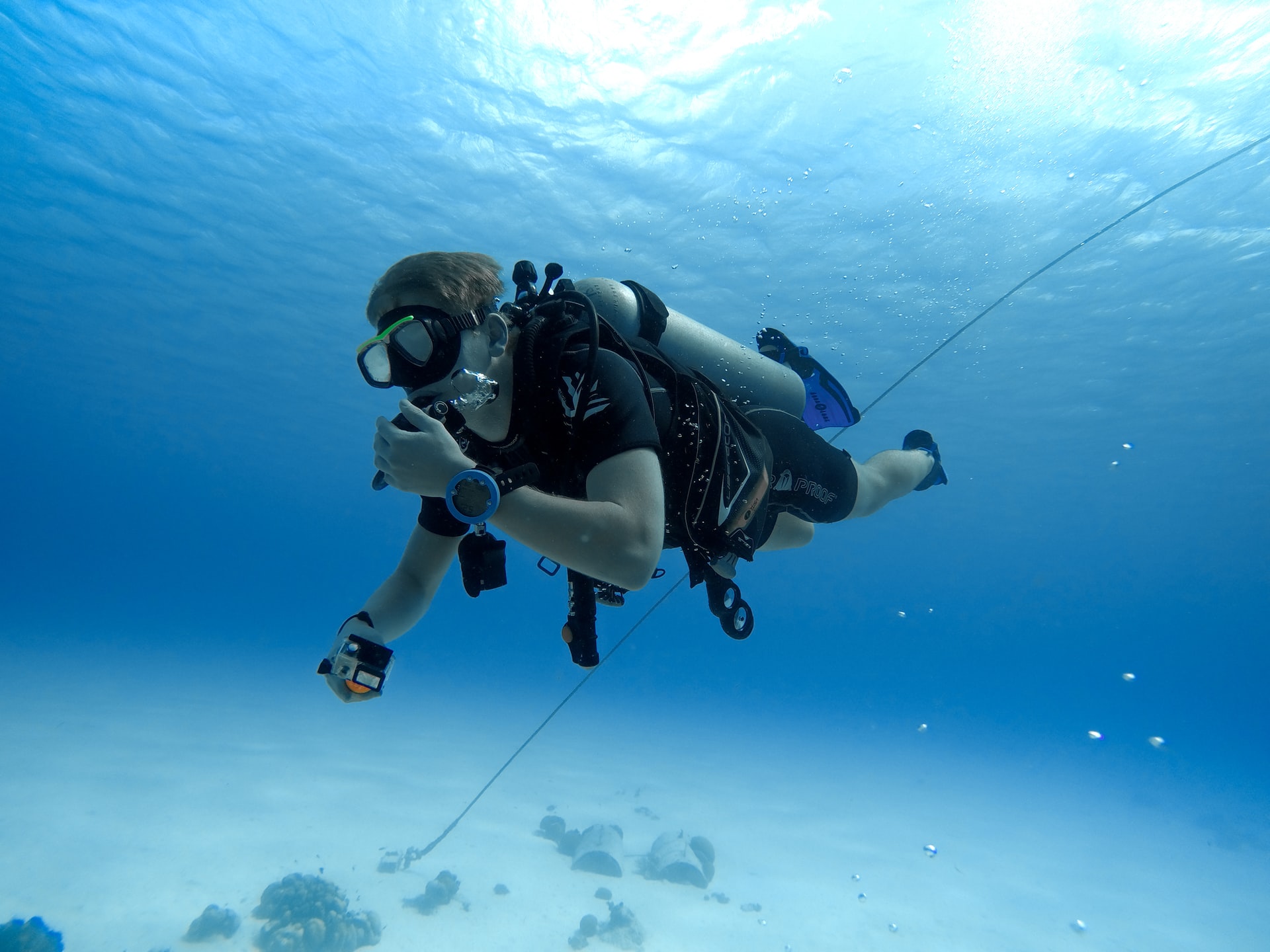
Are Scuba Divers Athletes? All the Facts (+New Competitive Forms)
-
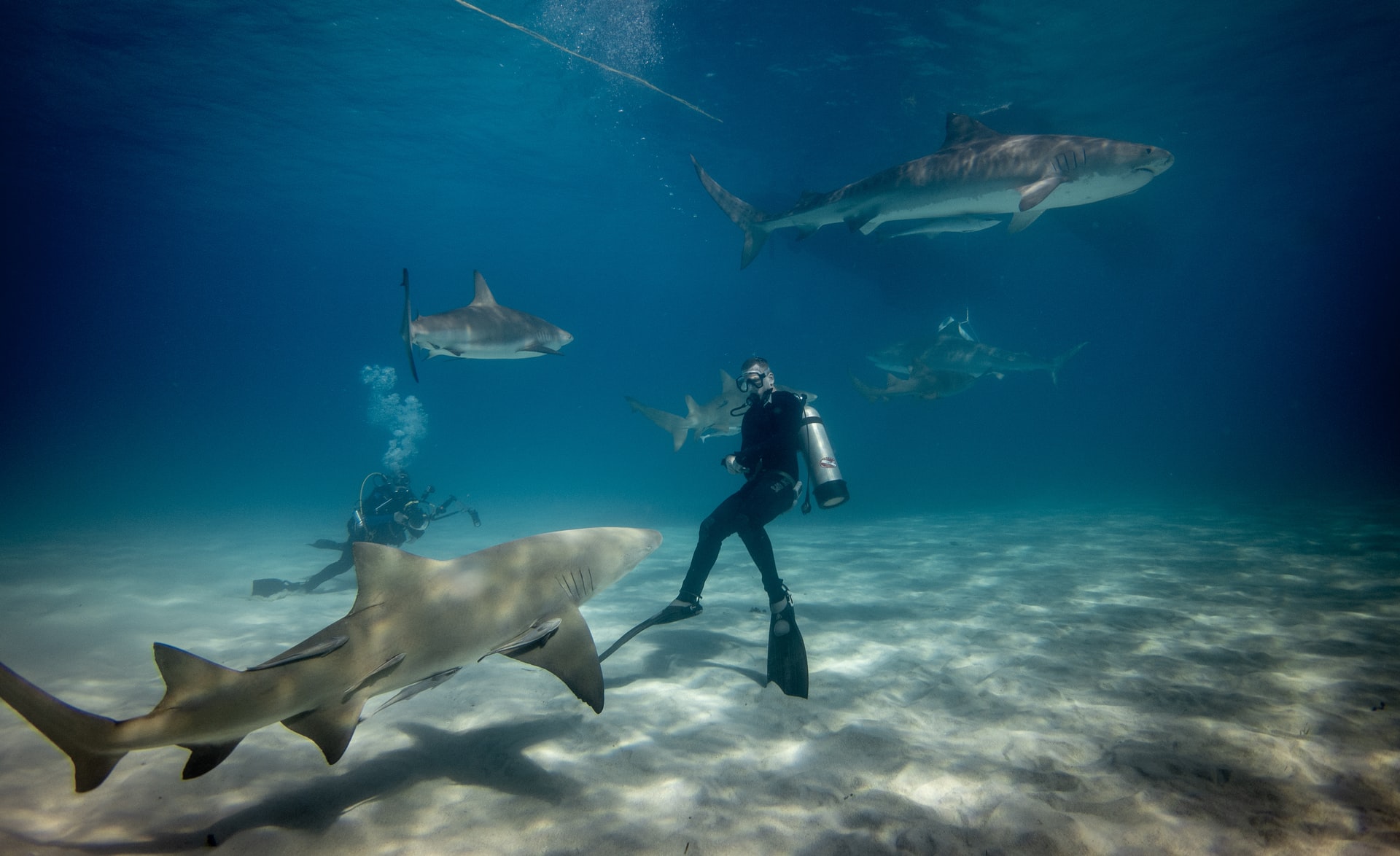
Are Sharks Scared of Scuba Divers? (What Every Diver Must Know)
-
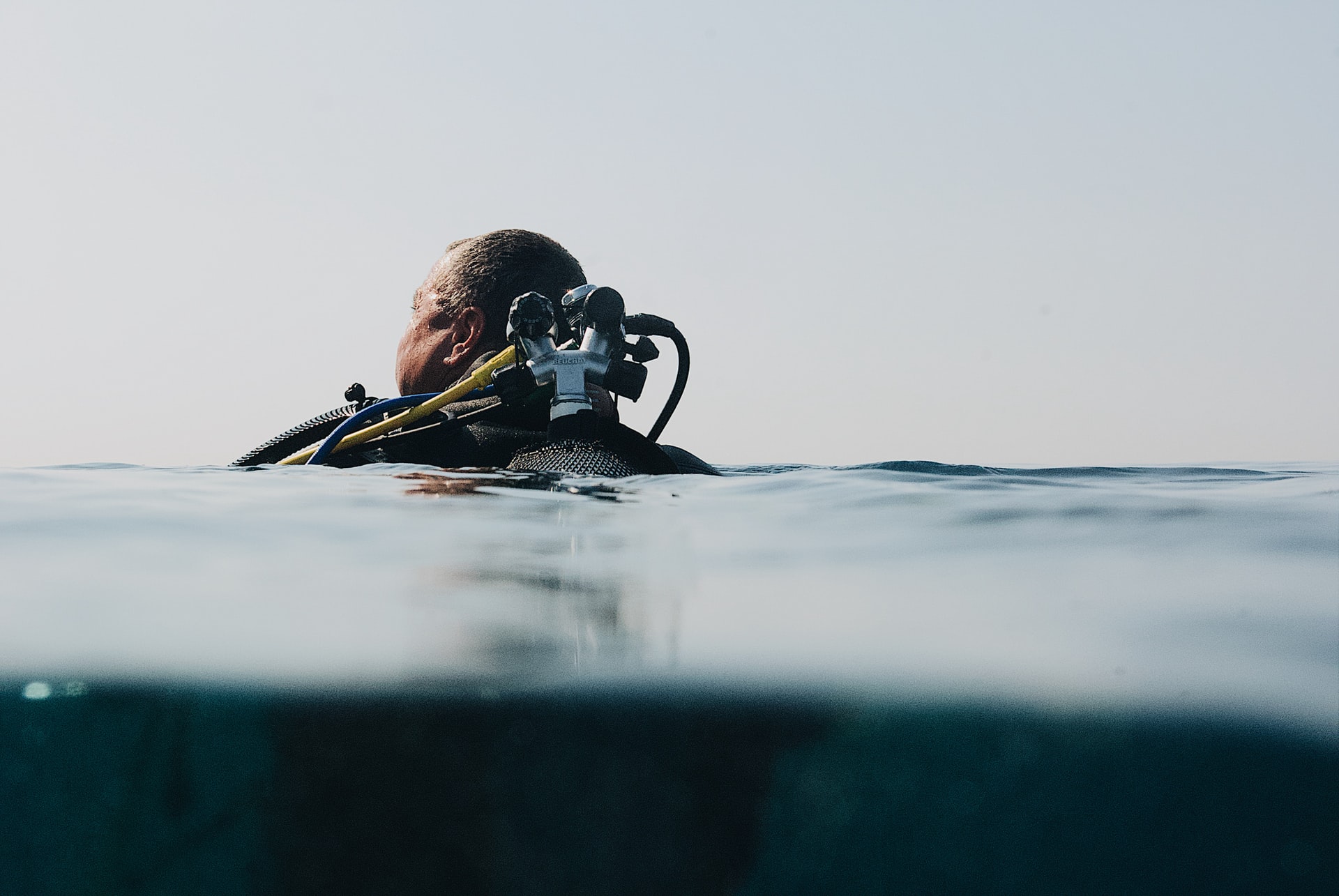
Who Should Not Scuba Dive? 17 Reasons (Every Diver Should Know)
-

Should I Be Scared of Scuba Diving? 8 Common Fears (Debunked)
-
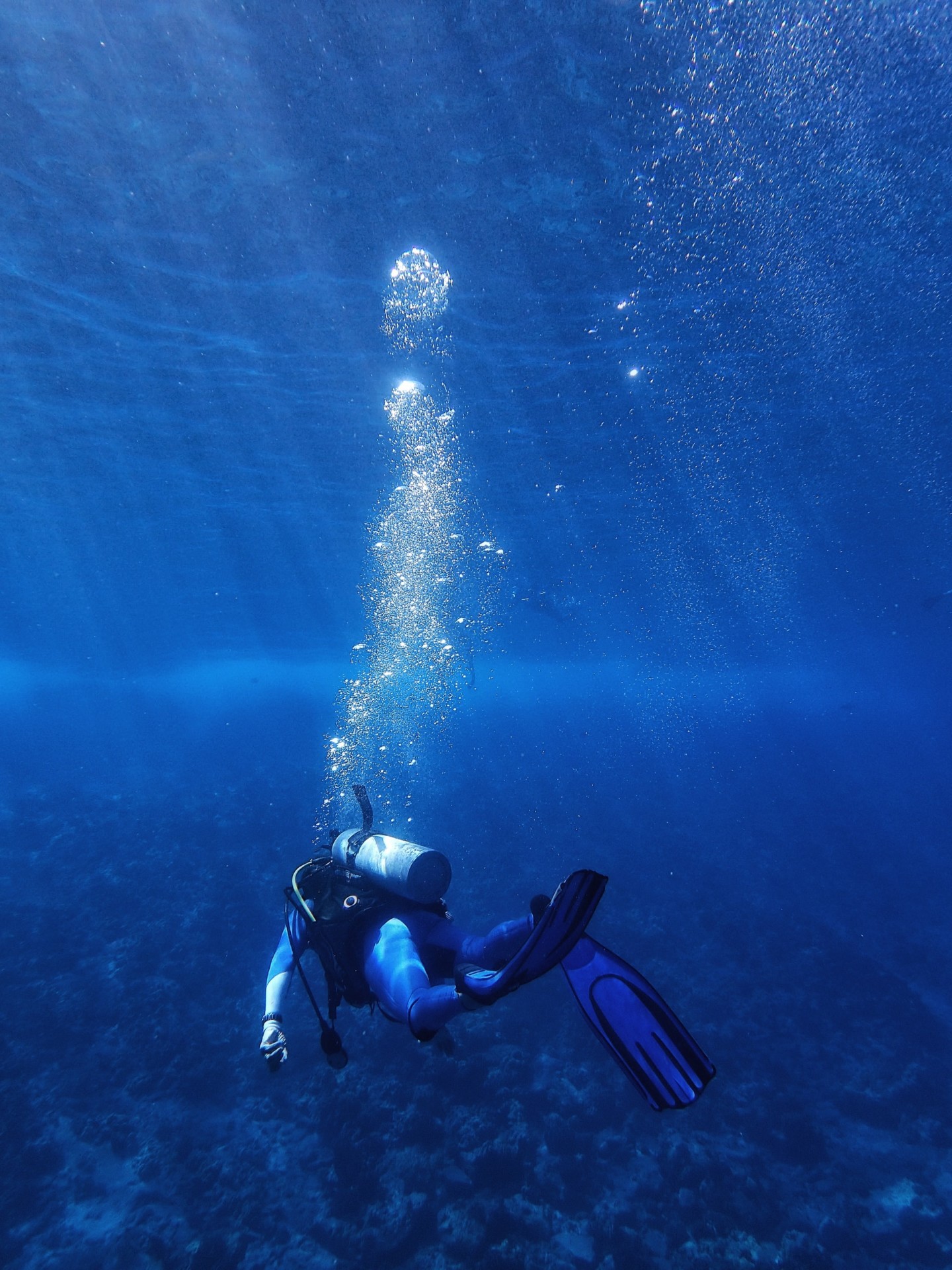
Why Do Scuba Divers Use More Air at Depth? (+4 Practical Tips)
-
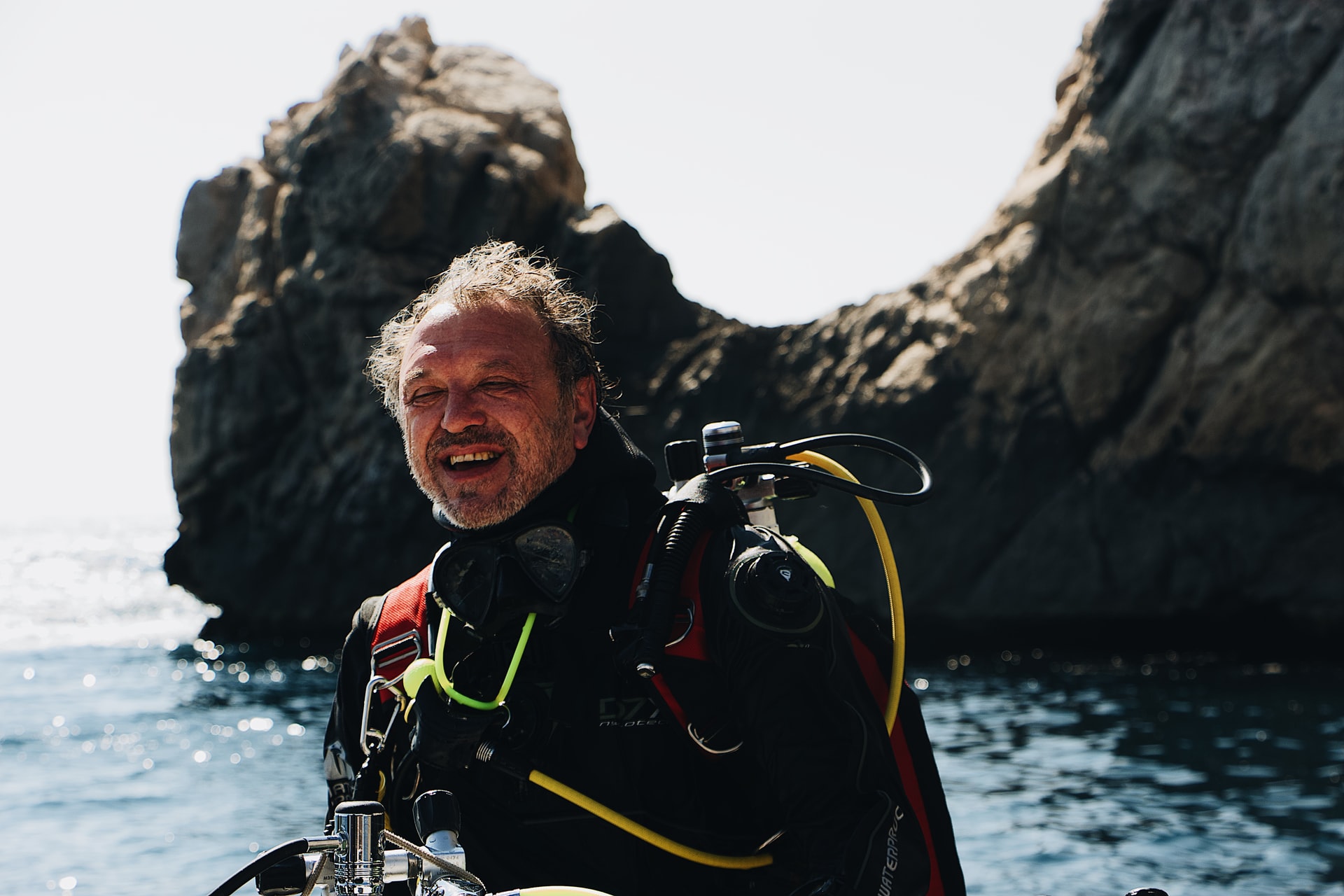
At What Age Should You Stop Scuba Diving? (+9 Tips for Older Divers)
-
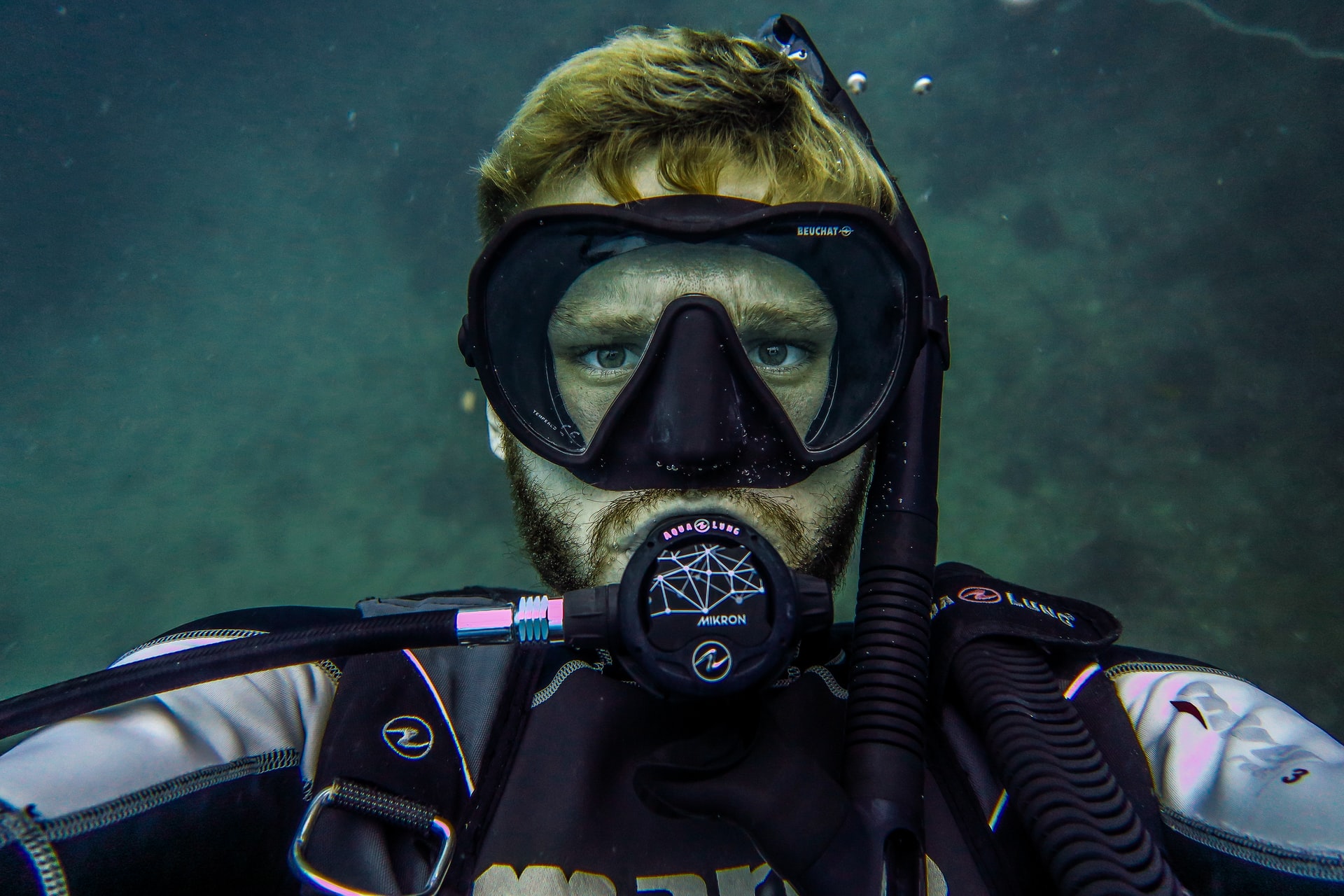
Should I Shave Before Scuba Diving? Crucial Facts (+9 Helpful Tips)
-
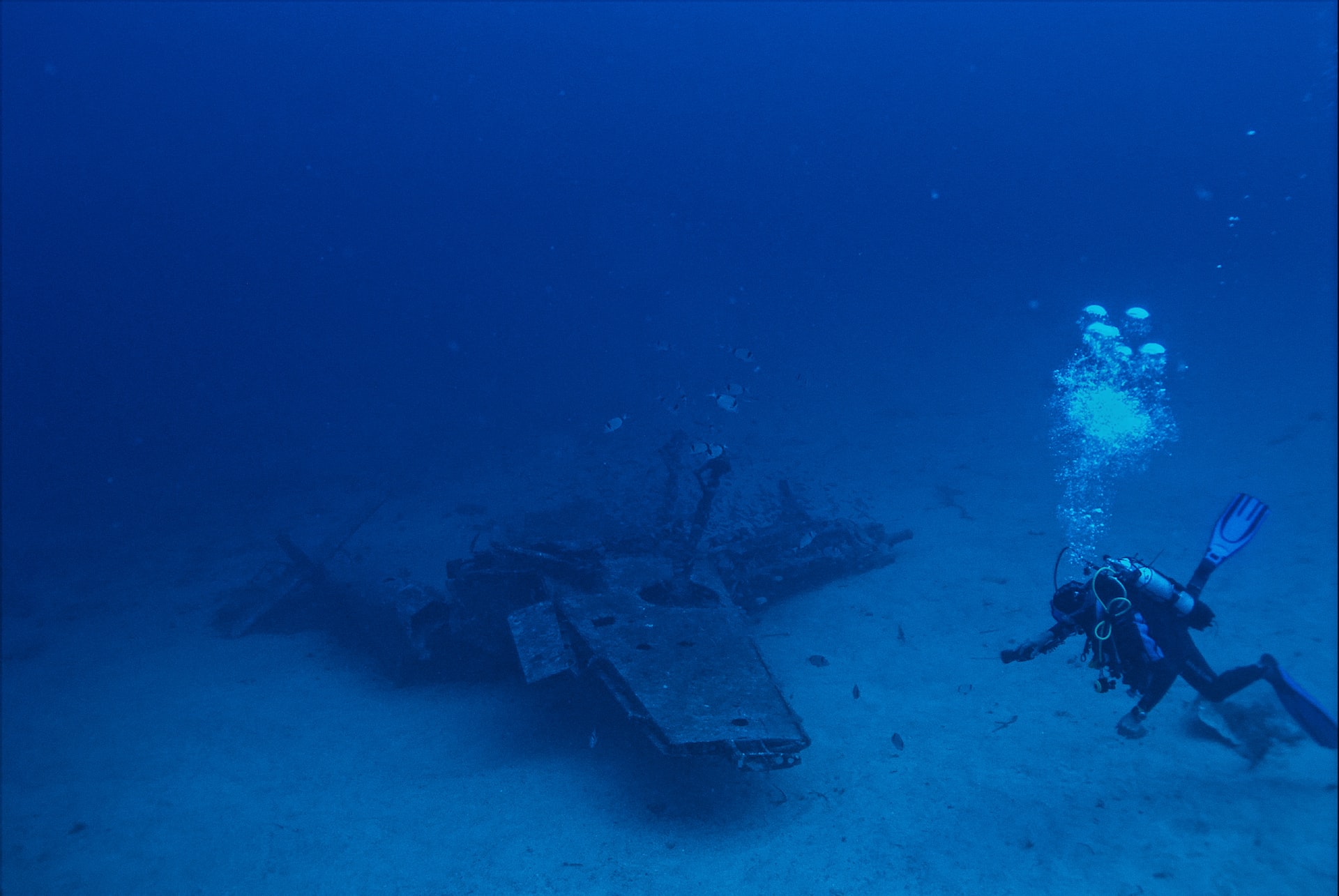
Why Do Scuba Divers Use Helium? (+Its Pros & Cons)
-
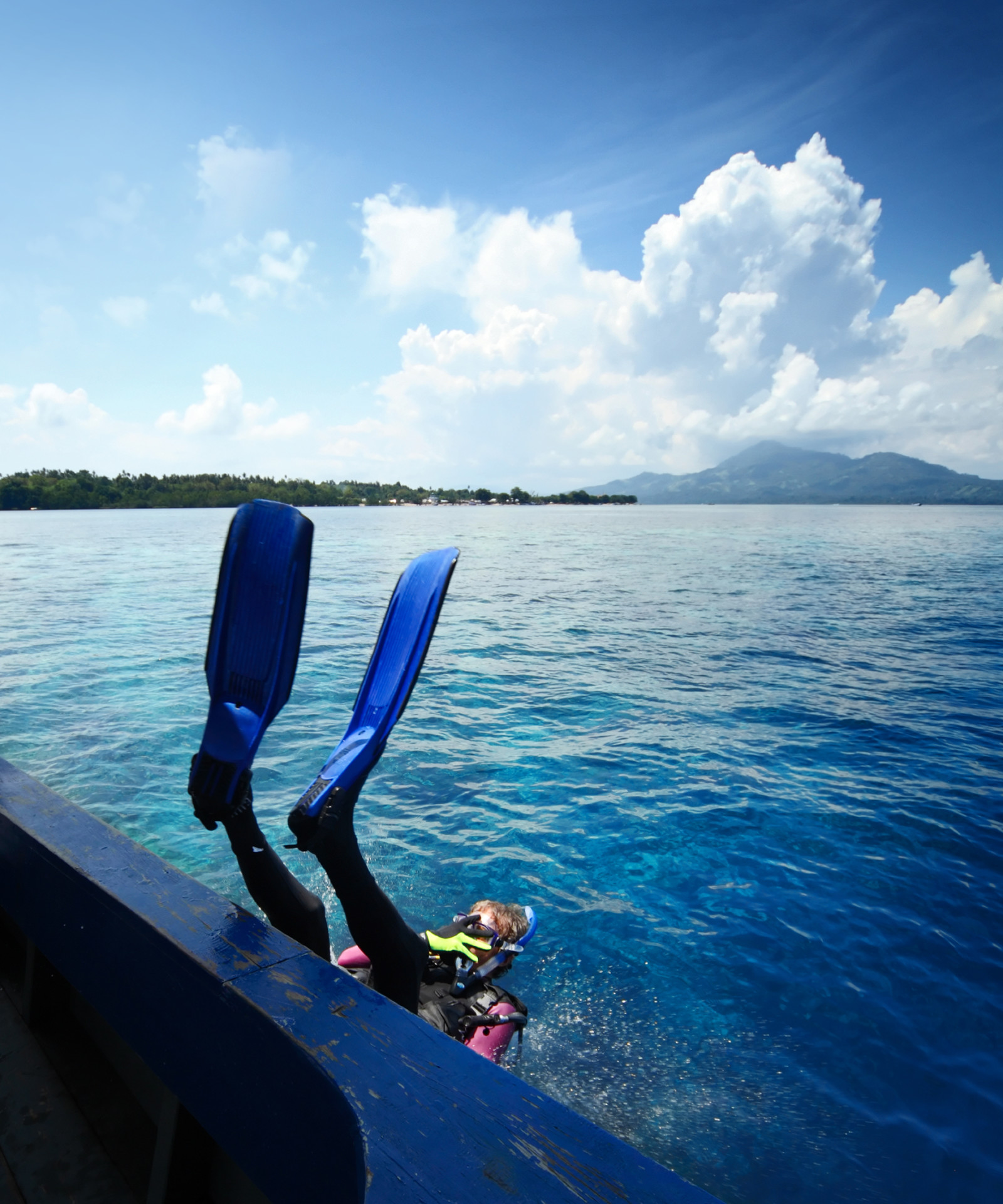
Why Do Scuba Divers Go in Backwards? (+3 Alternative Entries)
-
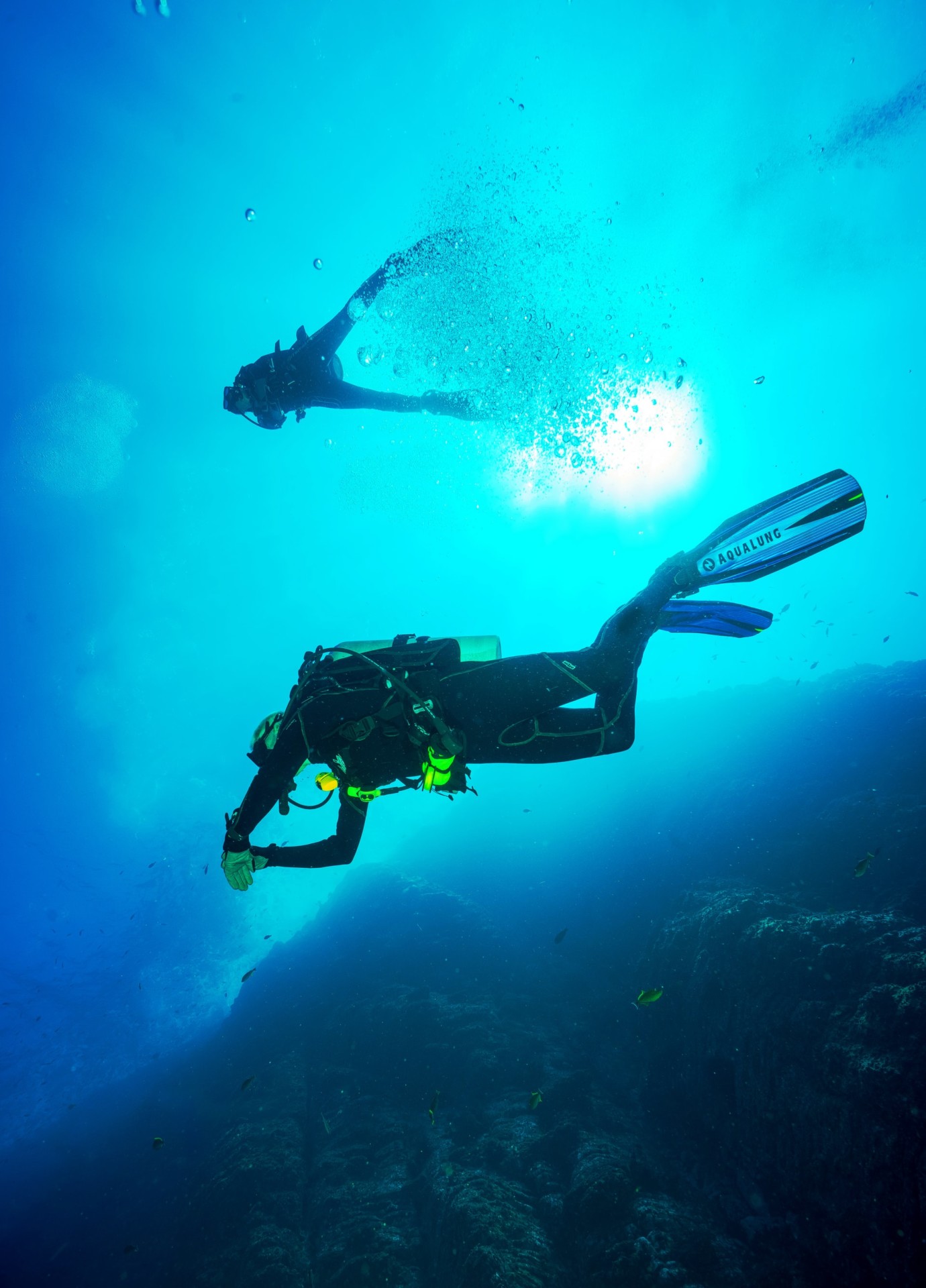
How Do Scuba Divers Sink and Float? (+Tips to Get It Right)








